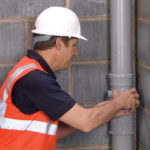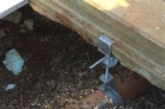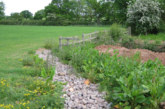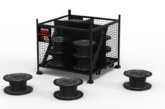Part E of the Building Regulations (2010) states that sanitary noise in new and refurbished residential properties should not exceed 45 dB as a daytime average. Steve Skeldon, Product Manager at Wavin, discusses how to select an effective drainage system and outlines some solutions that combat system noise.
From creaking floors to extractor fans, boilers to radiators, unwanted noise in the home can be hugely disruptive. While the exact cause of the noise can sometimes be unknown, there are times when the very construction of a home can be a contributing factor. For housebuilders using building methods and materials that limit noise is therefore essential.
According to research from the National House Building Council (NHBC) Federation, unwanted noise from water pipes and WCs accounts for 15% of all noise complaints made by homeowners living in detached properties. Fortunately, there are a number of ways that housebuilders can reduce noise levels and minimise the disruption for homeowners.
Identifying the cause
To understand how noise can be reduced, it is useful to start by understanding how it is caused.
Typically, the main culprits for noisy pipework are a lack of allowance for thermal movement in the system, and contact with the external structure. As the pipes carry water through the soil stack, they expand and contract. Combined with water impacting on the pipe walls, this movement creates a structure-borne sound which transmits from impact zones between pipe and structure.
Since these processes are vital to the performance of a waste water system, housebuilders and developers are having to find ways to address this issue, without compromising functionality.
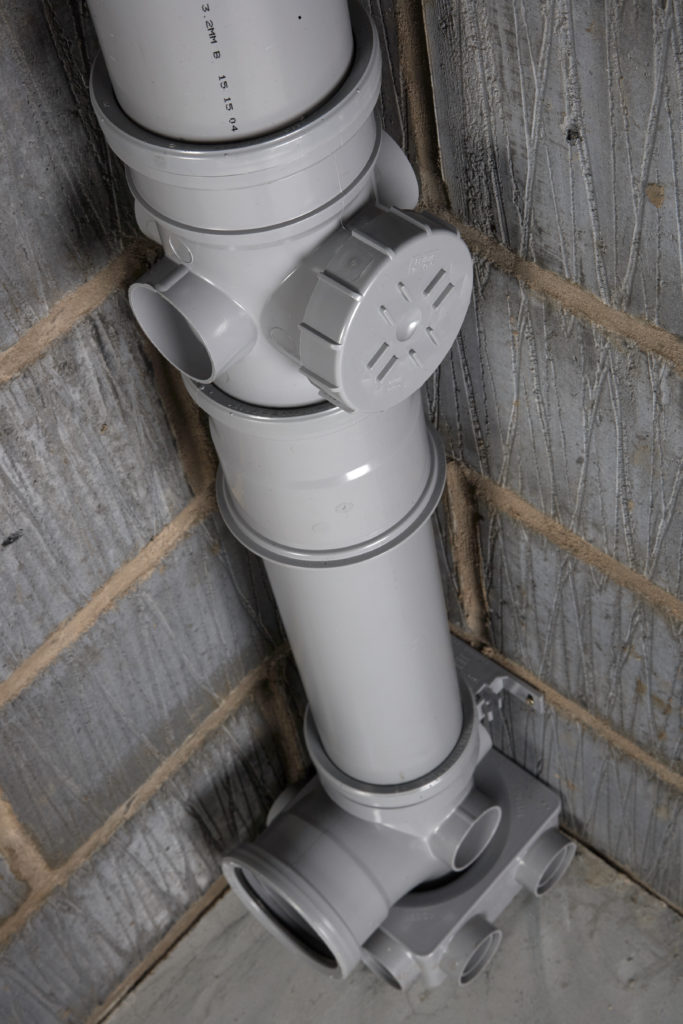
Silent materials
When selecting products for any drainage system, housebuilders should consult with suppliers and specifiers to find solutions that are manufactured with acoustics in mind.
Some materials, like mineral-filled polypropylene, boast excellent noise insulation properties, and are therefore well-suited for use in drainage systems to limit unwanted noise. The specific molecular structure of mineral-filled polypropylene means it can absorb a number of different sound sources that can occur, including structure, airborne and impact sound. Wavin’s Acoustic Soil (AS) range is manufactured using this kind of material to combine superior drainage system performance with enhanced noise reduction.
Designing silence
It is also important that developers consult with specifiers to ensure that the design of the overall pipe network lends itself to noise reduction from the outset.
In essence, as unwanted noise from water pipes is most often caused by water impacting against the pipe walls in the stack, anything that can be done to limit the potential of this happening will reduce noise straight away. For example, by trying to avoid offsets in the wet portion of the stack and, where possible, making sure that there are few or no sharp changes in the direction of the water flow, the potential for noise is limited. It is for this reason that developers should ensure that the structure of the building and any associated networks is planned accordingly.
During installation, it is also crucial to ensure a sufficient allowance for expansion or contraction movement within the structure of the system at any joints. This is where the use of specialist products can add a great deal of value. Wavin has carried out extensive research into the issue of unwanted noise created by waste water passing through piping. The results prompted the development of the Osma Acoustic Coupler 4S125 to tackle the issue.
The Acoustic Coupler can replace a standard coupler in a soil stack. It features an acoustic rubber gasket which limits the transfer of noise by accommodating thermal movement and reducing the risk of structural borne sound. Also, by integrating the gasket into the fitting, thermal expansion is achieved as a matter of course (without having to withdraw the pipe), making overall installation easier, quicker and more reliable.
Planning for quiet
While these considerations are key on any housing development of any size, it could be argued that they are perhaps more imperative in larger developments.
As all developers will know, investing time in the planning and design stages of a project helps to increase efficiency during construction. With that in mind, taking the time to consult with architects, designers and drainage specialists at the initial phases of a build, to understand potential risks and possible solutions, can be invaluable.
In the context of designing pipe and drainage networks, this process is of benefit to homeowners and developers alike. While the former can be reassured that the risk of unwanted noise is as low as it can be, developers can keep the cost of remedial repairs down.
In addition, developers can also make the most of Wavin’s noise calculator, to accurately determine the noise levels of any soil and waste installation prior to installation. The tool measures over ten different variables, including airborne and system borne sounds, meaning developer can test a range of low noise solution prior to ordering products.

